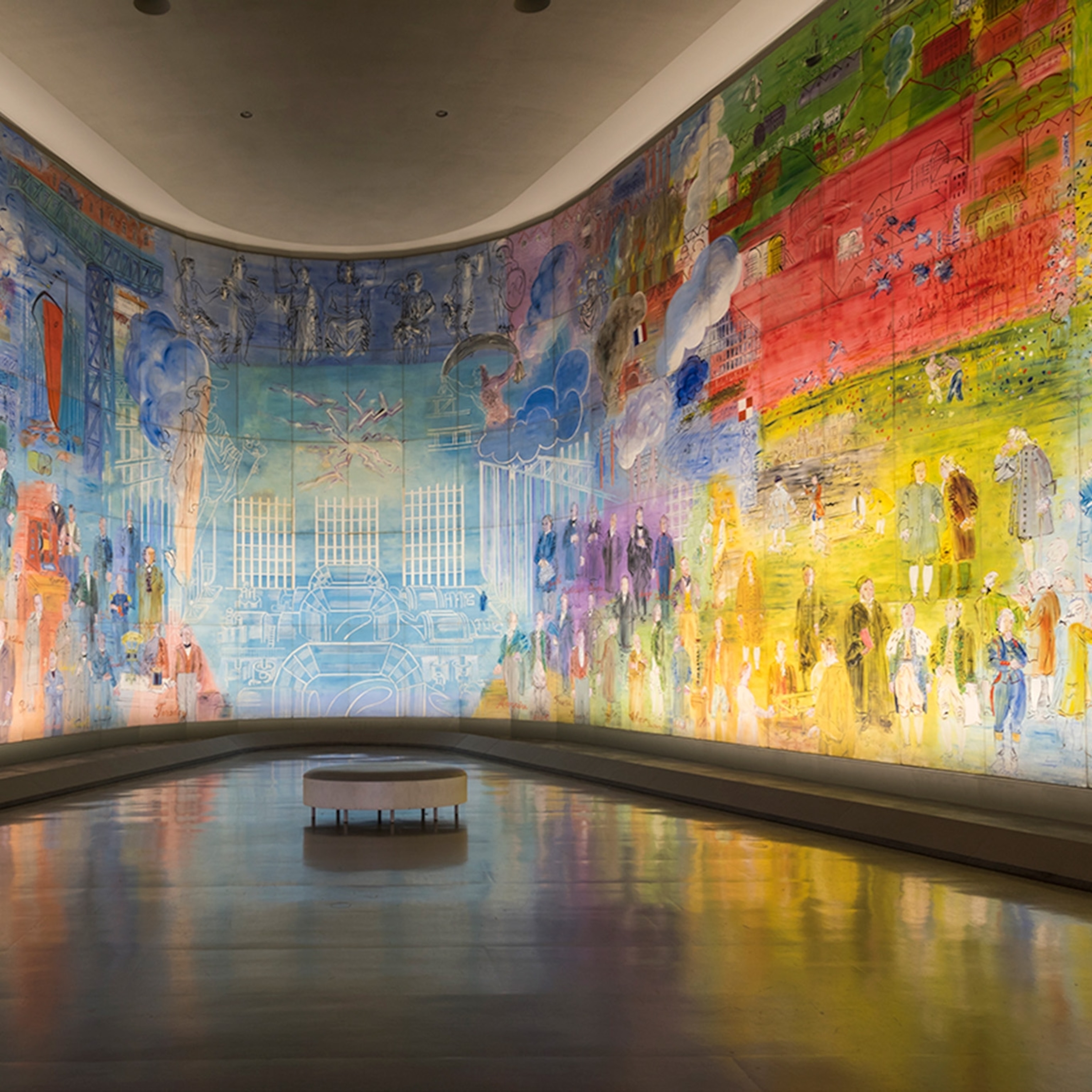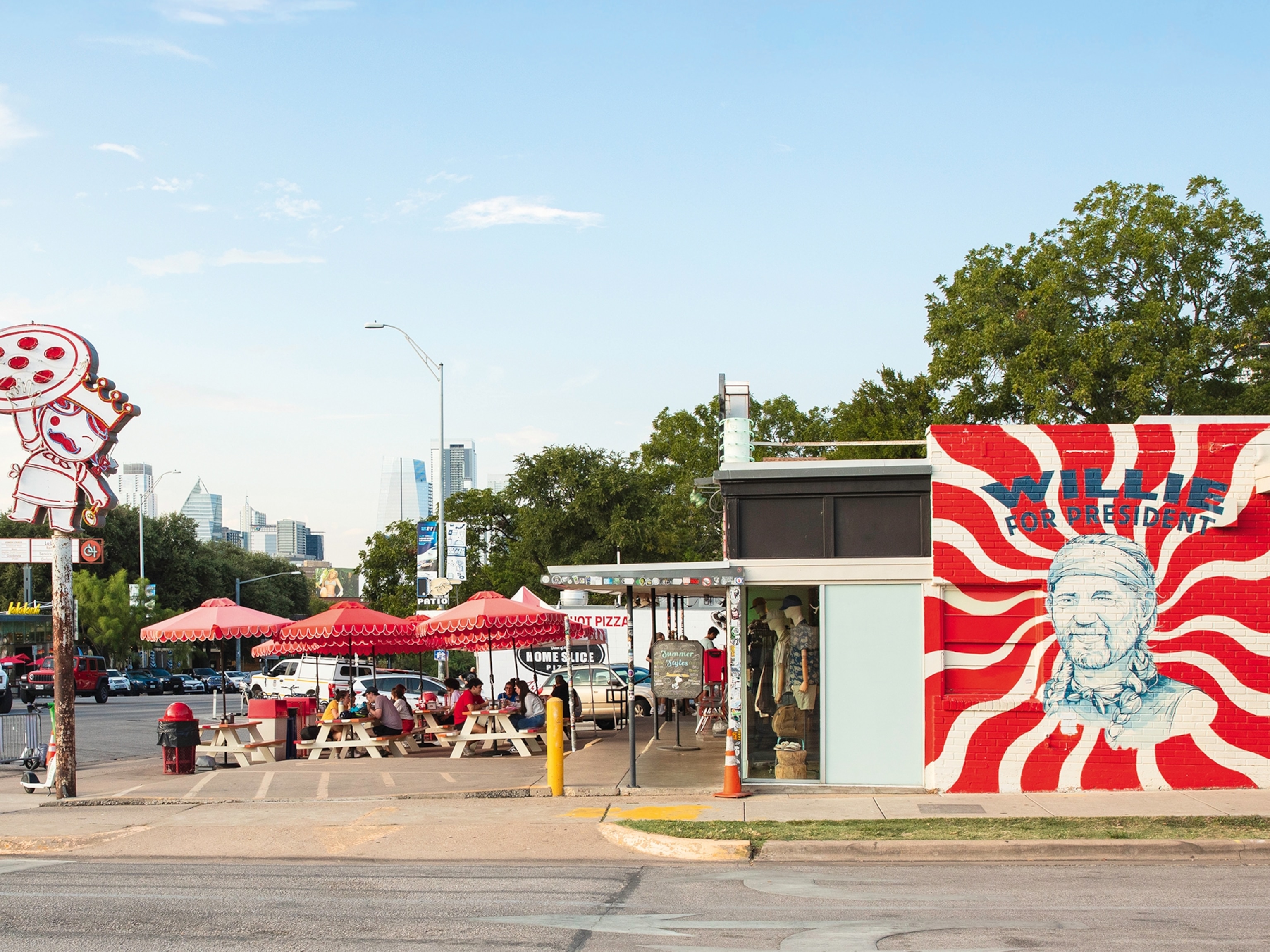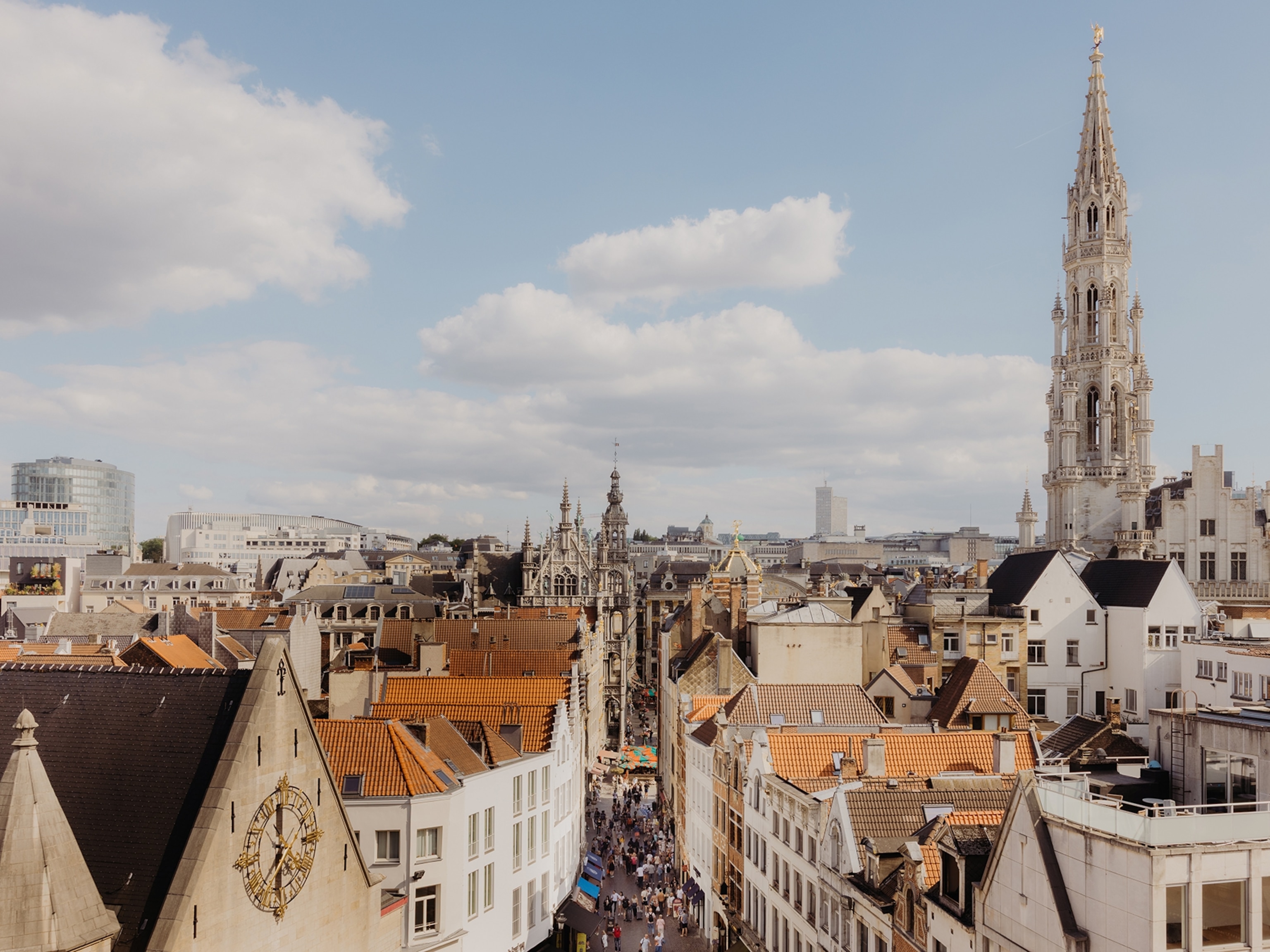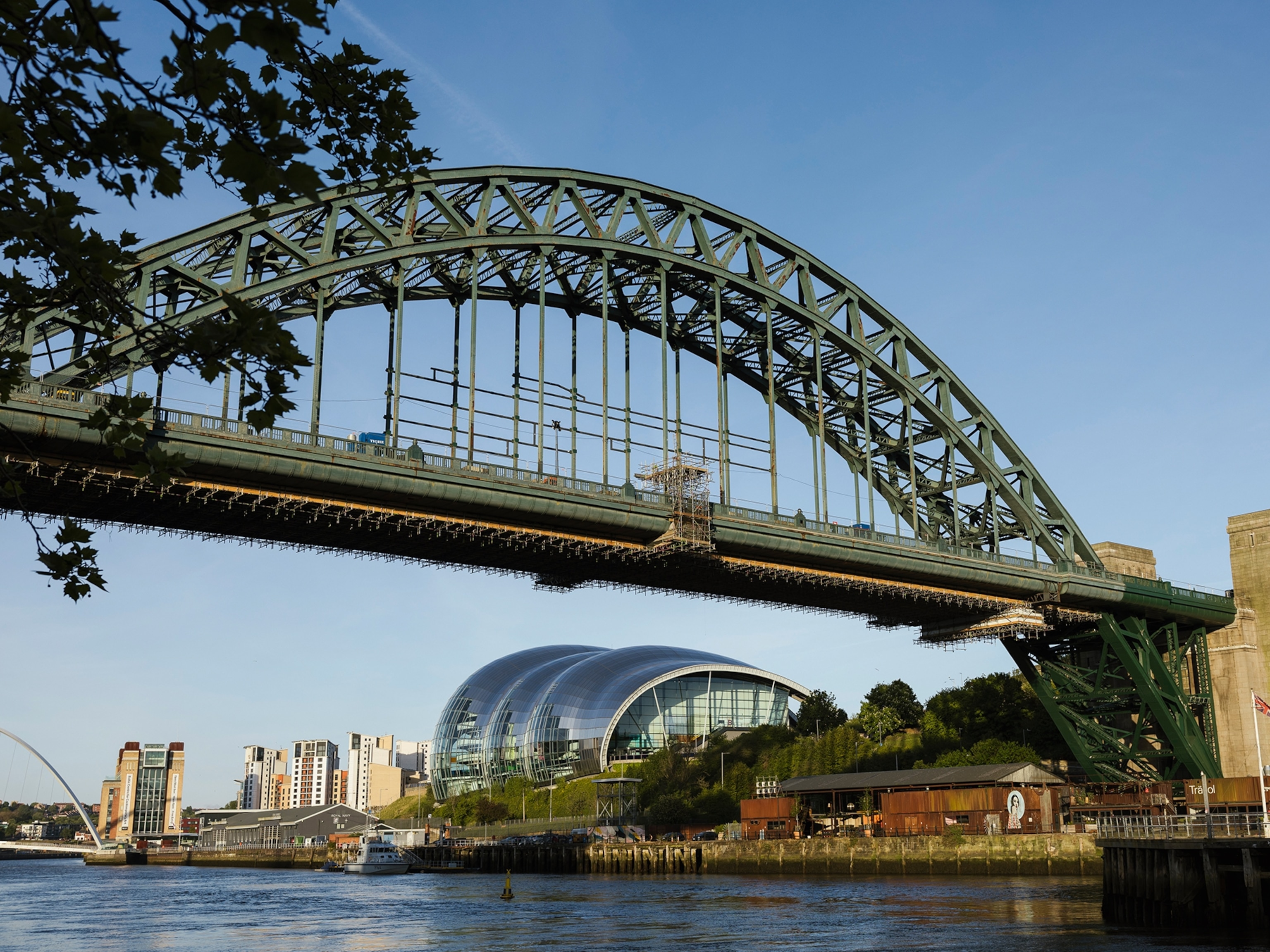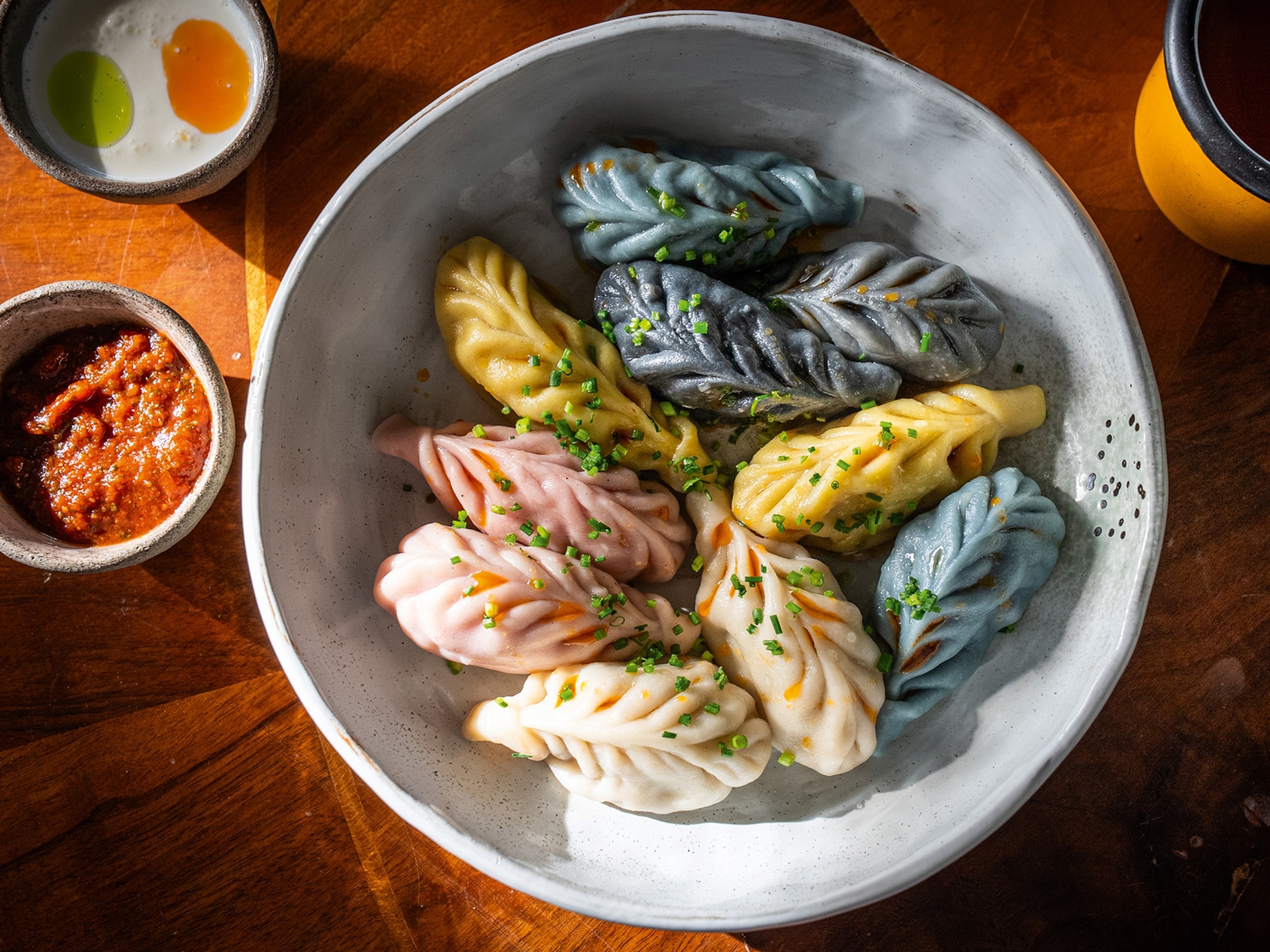
Exploring art and architecture on a walking tour through Bruges
Bruges’ blend of medieval and millennial makes for a beguiling cultural union — one where Belgium’s ancient roots can be traced, and where its unique and progressive future can be envisioned.
The clip-clop of hooves hitting cobblestones, the chime of church bells in every square and a faint, yet omnipresent birdsong whispering on the breeze. A trip to medieval Bruges is nothing short of a fairytale. The historic centre is a UNESCO-listed beauty, packed with compelling museums, ancient architecture and atmospheric bars, but the city also has plenty of urban edge, from intimate concerts held at the world-renowned Concertgebouw to a range of year-round exhibitions, vibrant festivals and contemporary art. Situated in the Flemish province of West Flanders, a little over an hour from the cosmopolitan capital of Brussels, this is a city with an ancient face, but a young, twentysomething heart.
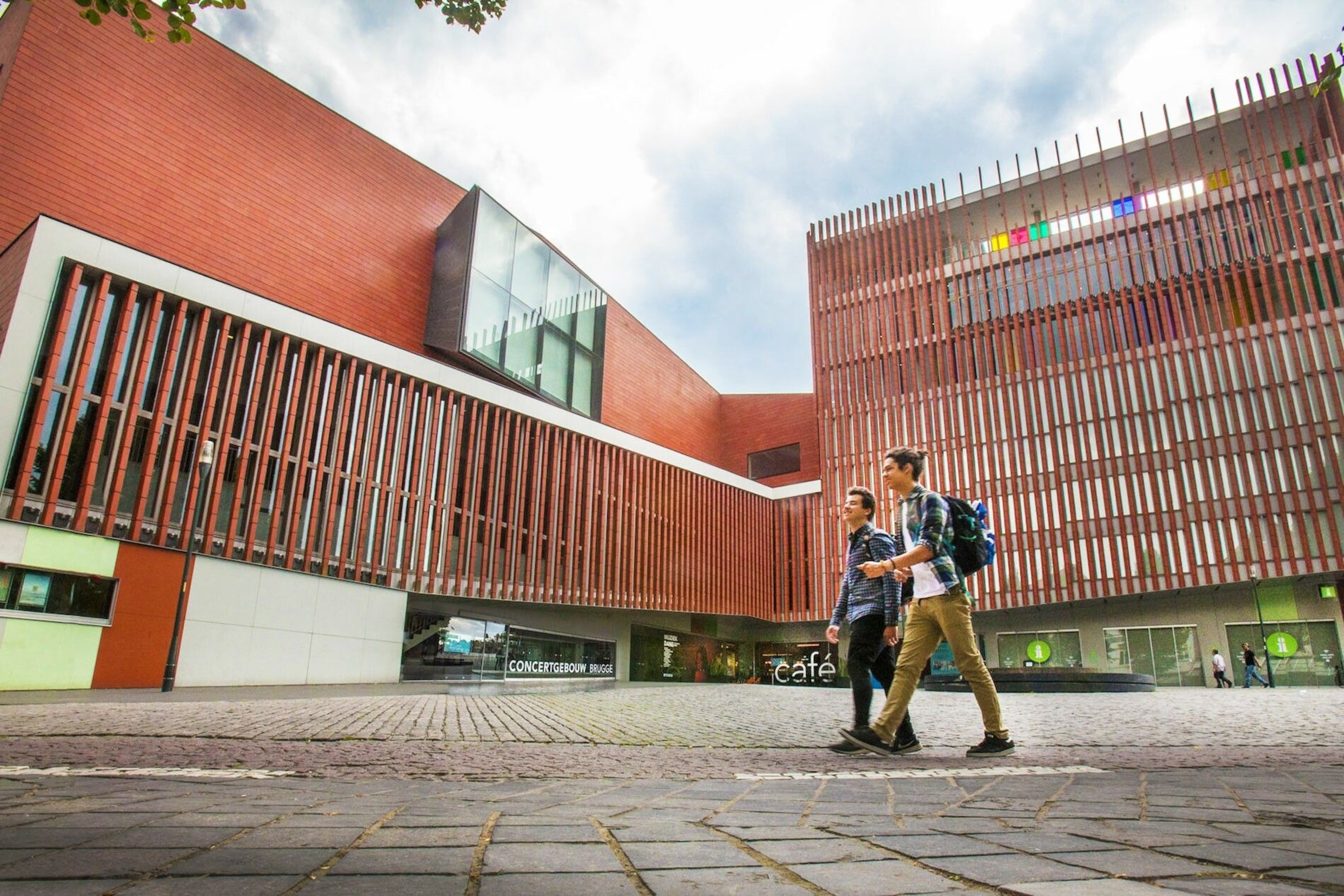
1. Take the Concertgebouw circuit trail
Carillon bells that sound like bees, twittering mechanical birds, talking gongs, perplexing art projections and eerie, undulating soundscapes that reverberate through the walls — is this the most intriguing concert hall in Europe? Completed in 2002, when Bruges was awarded European Capital of Culture, the iconic Concertgebouw is one of the rare, contemporary attractions that can hold its own among the city’s parade of medieval landmarks — and now, you can go behind the scenes on a playful, musical discovery tour. Starting at the sound model — a curious object shaped like the building itself — and ending with a breathtaking panorama of the city from its terracotta rooftop, the Concertgebouw circuit trail weaves around the building, offering an insight into its two music chambers and other technical areas usually closed off from the public. Immerse yourself in the superlative acoustics, marvel at the contemporary art collections and even create your own soundscapes at the musical labyrinth on the sixth floor. Top tip: arrive early to beat the crowds and have the entire experience to yourself.
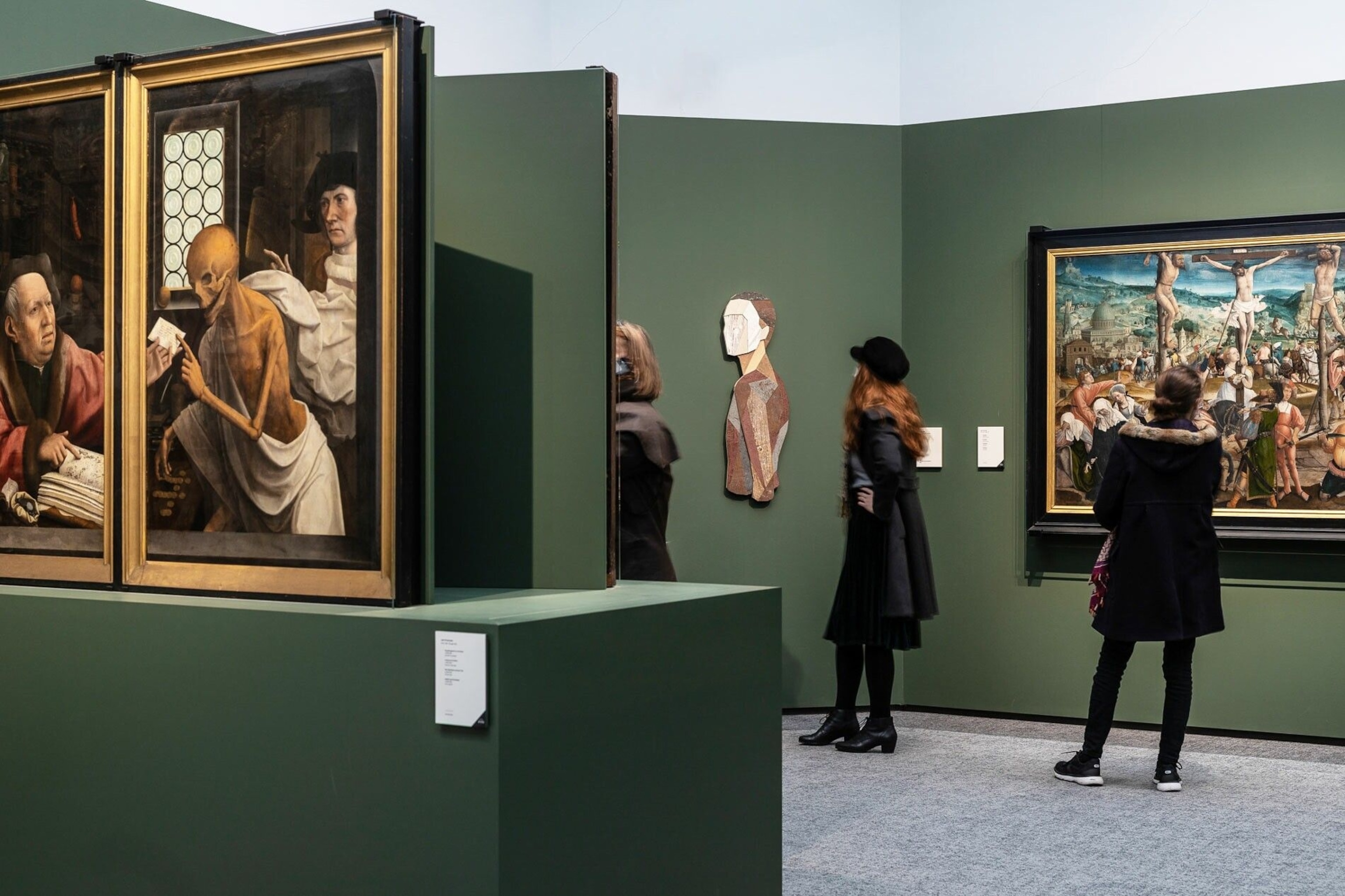
2. Discover Flemish masters
With a history stretching back to the ninth century, there’s a strong sense of legacy in medieval Bruges. The city’s golden era saw leading Flemish artists such as Jan van Eyck and Hans Memling carve their niches here, and a variety of their work is still on display in the world-renowned Groeninge Museum. Carve out an afternoon to marvel at the impossibly vivid colours, the detailed facial expressions of the painted figures and the often religiously inspired story of the paintings, from Jan van Eyck’s vibrant Madonna with Canon Van der Paele to Gerard David’s eerie and intriguing The Judgement of Cambyses. Prefer modern art? The museum also houses a selection of paintings from the 18th- and 19th-century neo-classical and realist periods, masterpieces from Flemish Expressionism and post-war modern art.
If your appetite for history isn’t sufficiently sated, the Gruuthusemuseum, located a short amble down the street, depicts over 500 years of Bruges history through majestic tapestries, colourful stained-glass windows, elegant wooden structures, Chinese porcelain and historic lace.

3. Step back in time on an architectural walking tour
Gothic, Romanesque, Renaissance, Neo-Classicist and Baroque — Bruges is truly an open-air museum of architectural styles and fusions. Bearing testimony to a considerable exchange of influences over its 2,000-year history, Burg Square, a majestic architectural plaza, is the ideal place to start. In the middle, the gothic 14th-century City Hall dominates the skyline with its lavish arches, octagonal turrets, elaborate windows and ornate statuettes, while inside, look up at the polychrome vaulted ceiling adorned with 19th-century murals. To the left, the Old Civil Registry (which now houses the City Archive) dazzles with its flamboyant Renaissance facade, while, tucked away in the opposite corner, is the rather sinister Basilica of the Holy Blood. The exterior, although ornately decorated with gilded statues and medallions of the Counts of Flanders and their partners, is actually a staircase joining two contrasting chapels. Be sure to visit both: the lower Saint-Basilius church for its modest, Romanesque character, while the upper neo-gothic church, alive with colour and detail, preserves the revered relic of the Holy Blood.

4. Scout out the city’s alternative street art
In a city renowned for its ancient Flemish painters, one wouldn’t immediately associate Bruges with contemporary art. But dig a little deeper and you’ll find a brilliant, burgeoning scene sweeping across the city and beyond. Based on the symbolism of connecting the past and future and the inner city with the suburbs, The Bridges was one street art festival which ushered in a fresh array of murals by eight talented young artists in 2020. Often a stone’s throw away from the city ramparts, these murals frequently featured birds, fish and other creatures. This summer, there was a sequel where the sea played a central element: the paintings — which have been scattered throughout the four coastal towns of Dudzele, Zwankendamme, Lissewege and Zeebrugge — focus on coastal and environmental issues, such as rising sea levels and the reception of refugees. To discover these murals, hire a bike and head to the coast or map out a hiking trail with Street Art Cities.
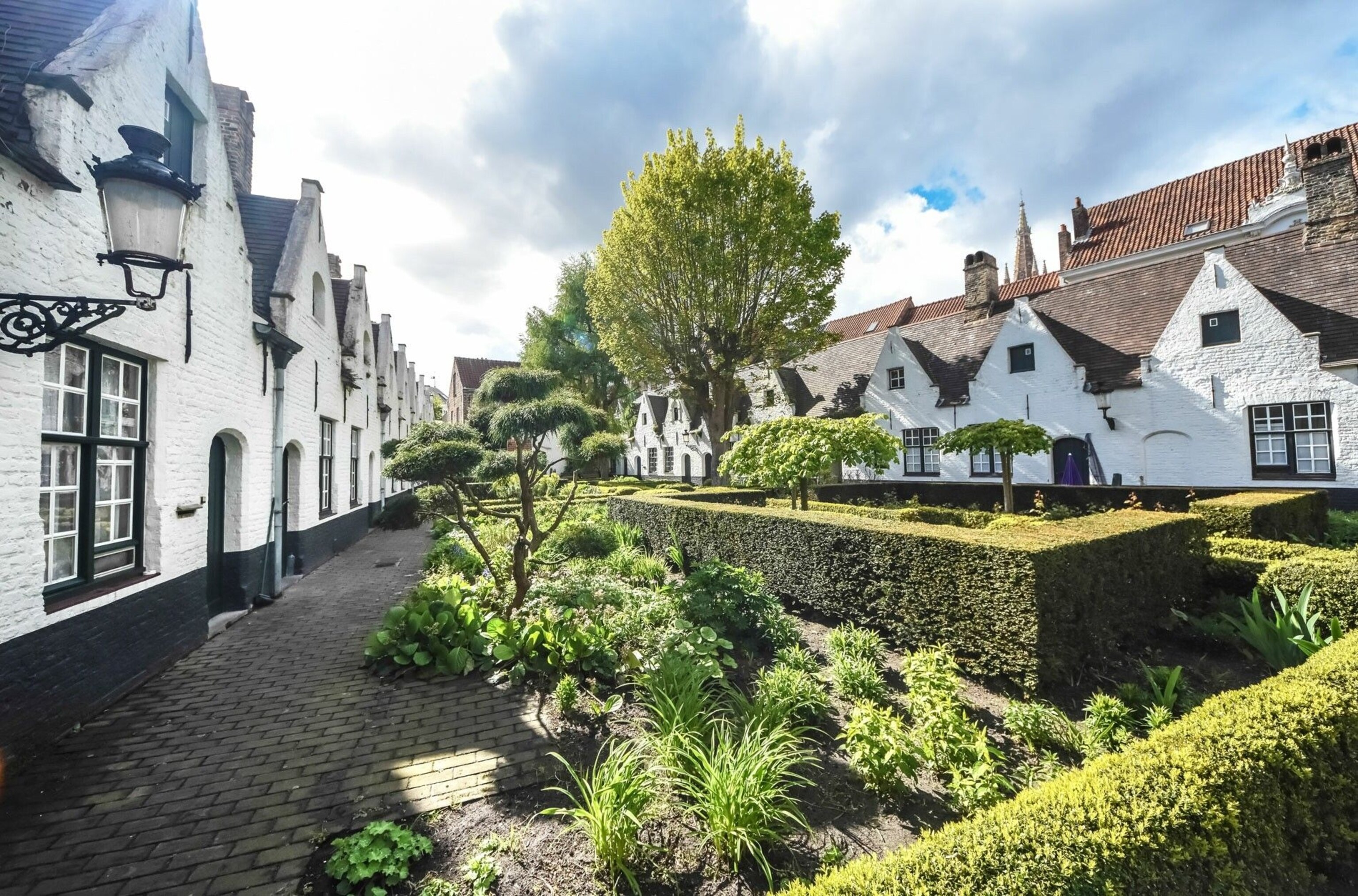
5. Unwind amid the calm of an almshouse garden
Bruges has many layers of beauty that have to be searched out by the inquisitive eye. Godhuizen, or almshouses, are perhaps the best example of this and form some of the most tranquil and charming places in the city. Built in medieval times for the care of retired craftsmen or the impoverished elderly, these idyllic, residential communities are made up of quaint, whitewashed houses clustered around a cosy courtyard, often with the name of the founder painted on the facade. Today, 46 of these charitable dwellings are still peppered throughout the city, offering housing to senior citizens and a place of quiet contemplation for passersby. While each has its own distinct character and charm, Godshuis Sint-Jozef is perhaps the most peaceful and picturesque of all: built around an interior garden with a pump and a privy, this walled oasis is filled with beds of roses, geraniums and shrubs all divided by pretty box hedges.
Plan your trip
Eurostar is the pick of the transport options from the UK. Buy a ticket to Brussels and any Belgian station from London St Pancras International. The journey is just under two hours and onward train travel (from Brussels to Bruges) is included in this ticket price. A bus can take you from the station to the centre or you can easily walk; most points of interest are within walking distance in the city. Hiring a bike is also a good choice; there are plenty of rental companies.
Find National Geographic Traveller (UK) on social media

